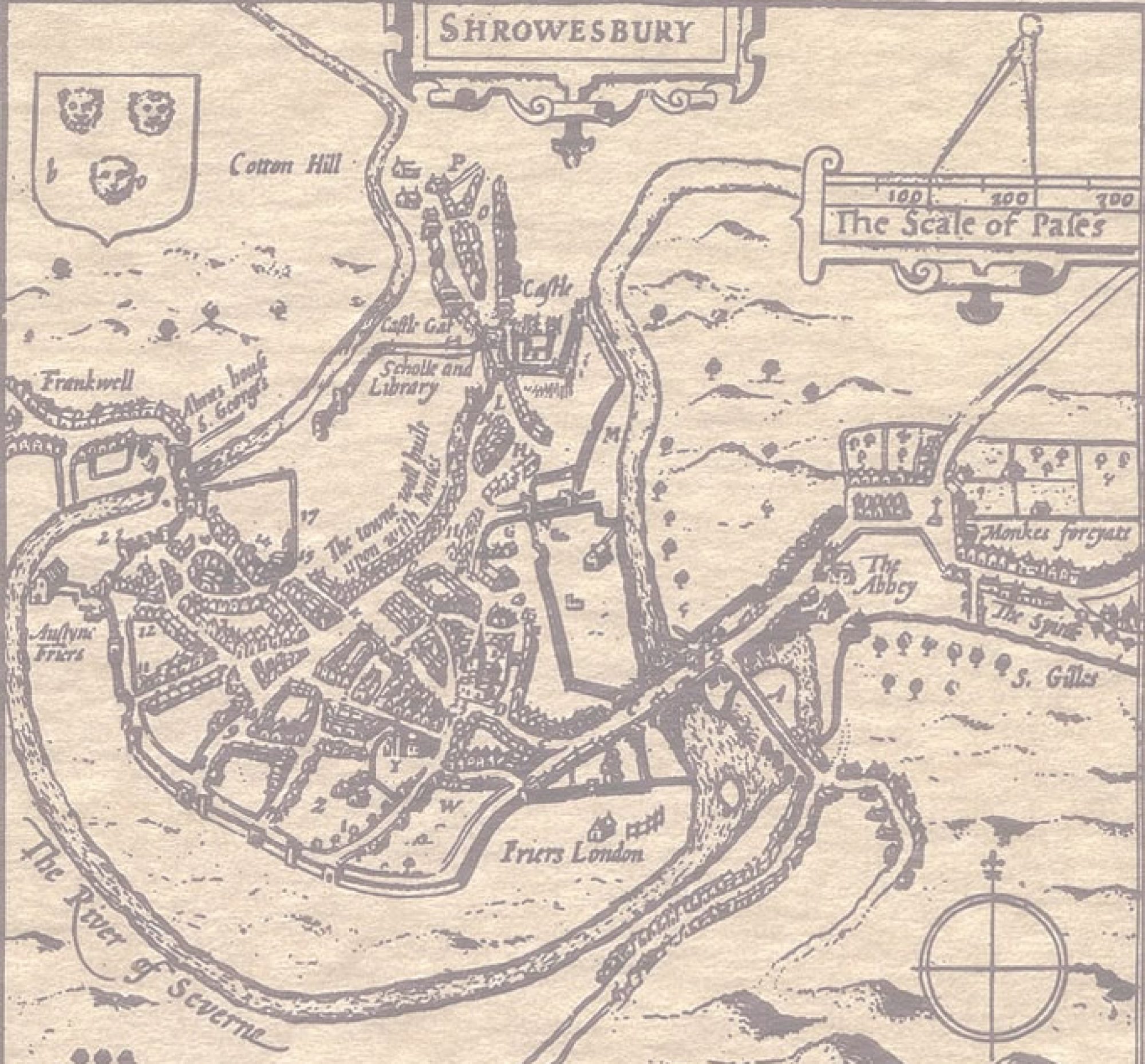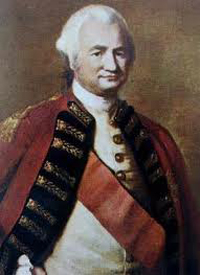
Robert Clive (1725-1774) is best known locally for his statue in the Square in Shrewsbury, but there are also three streets named after him – Clive Road, Clive Way and Clive Green in Monkmoor. What has always intrigued me about his relationship to Shrewsbury is why it was nearly 100 years after his death before his statue was erected.
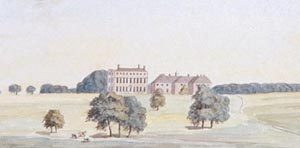
Robert Clive was born at Styche, near Market Drayton, and was the eldest son of a minor landowner who was also a lawyer. [footnote 1] For unknown reasons he was sent to live with his aunt and uncle when he was a young child, only returning home aged 11 when the aunt died. From his earliest childhood he was ‘addicted to fighting’, as his uncle reported, being expelled from several schools and leading a teenage gang in Market Drayton. He was also fearless; for example, once he climbed onto the church roof, perched on a gargoyle and caused consternation to those below. Asked why he did this, he said that it was because there was a stone in the water spout that he particularly wanted!
On leaving school, his father obtained a post for him as a ‘writer’ (clerk) in the East India Company’s base in what became Madras (now Chennai), where he arrived in 1744, aged 18. Clive was thoroughly miserable – the climate made him ill, his family never wrote to him, and the work was boring. He was, however, a much reformed character, studying hard to remedy the deficiencies of his education, and when the opportunity came to volunteer for the Company’s army, he jumped at it.
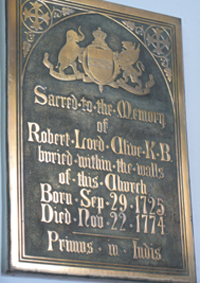
His innate fearlessness, allied with excellent man-management and tactical skills, meant that he soon rose through the ranks, even though he had had no military training and was still technically a civilian. At that time the Company was seeking to expand its power, especially at the expense of the French and the Dutch. This involved a number of battles between the colonial powers and their Indian allies in which Clive led the successful Company forces, and so by the time he returned home in 1753 the Company had made considerable gains. During his second spell in India (1755-60) he had his greatest military triumph, the Battle of Plassey. With just 1,100 European and 2,100 Indian troops and 9 field guns, he defeated an Indian army of 18,000 horsemen, 50,000 foot soldiers and 53 field guns manned by French soldiers. As was the custom, Clive took £160,000 (perhaps £18m at today’s prices) of the defeated ruler’s wealth for himself, thus becoming a very rich man. [footnote 2] This victory, and others, meant that the East India Company effectively controlled Bengal, with its capital Calcutta (now Kolkata).
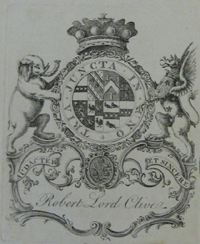
During his next period of home leave, in 1761 he was elected MP for Shrewsbury, which he represented until his death. In 1762 he was created Baron Clive of Plassey, an Irish peerage, so he was able to remain as an MP. The same year he was also elected Mayor of Shrewsbury, and during his time as Mayor he rented what is now known as Clive House, College Hill. [footnote 3] At this time the management of the East India Company was inefficient and corrupt, and Clive made many enemies as he sought to reform the organisation. This was the chief purpose of his final visit to India (1765-67). When he returned home, Parliament held an inquiry into the affairs of the Company, during which Clive came under sustained personal attack, being accused of profiting excessively from his position. An attempt to censure him failed, but his reputation was damaged by the accusations.
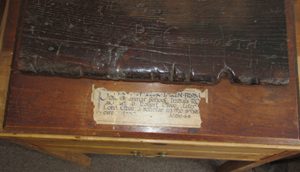
Clive had long suffered from bouts of depression, and he was also chronically ill with severe stomach pains (perhaps due to gall stones), for which he took large doses of opium. A combination of these factors led him to commit suicide at the age of 49. At that time, people who committed suicide brought great shame on their family, as well as normally being buried in an unmarked grave. For these reasons, Clive’s body was secretly brought back to Moreton Say Church and his body placed in an unmarked grave within the church at dead of night.
Such a controversial end to his life meant that Shropshire was not in a hurry to honour his memory. However, as time passed Clive’s vital part in the conquest of India was more widely recognised. For example, one French writer stated that Clive ‘was one of the men who did most for the greatness of England.’ [footnote 4] So there were calls for a memorial to him in Shrewsbury, and eventually the statue we know so well was unveiled in January 1860. [footnote 5]
Footnotes
[1] There are a number of biographies of Clive. I have used JB Lawford, Clive, Proconsul of India, George Allen and Unwin, 1976
[2] www.measuringworth.com (accessed 2.4.2014)
[3] Jennifer Groome, A Brief Account of Robert, Lord Clive, and of Clive House, Shrewsbury, undated (probably late 1960’s), SA BC 64
[4] Quoted in Groome, op. cit.
[5] Shrewsbury Chronicle, 20/27.1.1860
